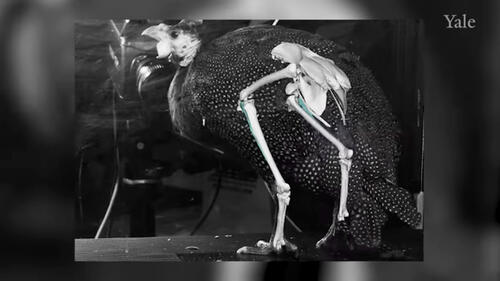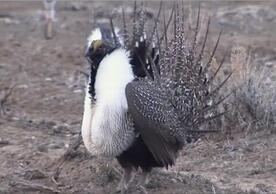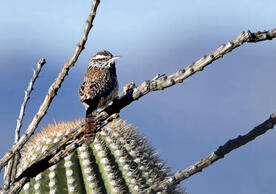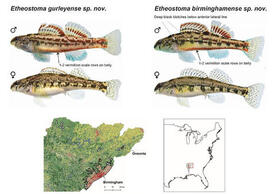
Wings may be the obvious choice when studying the connection between dinosaurs and birds, but a pair of Yale paleontologists prefers drumsticks. That part of the leg, they say, is where fibular reduction among some dinosaurs tens of millions of years ago helped make it possible for peacocks to strut, penguins to waddle, and turkeys to trot.
“A good way to understand this is to take a look at drumsticks, like the ones people eat on Thanksgiving,” said Armita Manafzadeh, lead author of a new study in Nature. She is a Gaylord Donnelley postdoctoral associate affiliated with the Yale Institute for Biospheric Studies, the Department of Earth & Planetary Sciences, and the Yale Peabody Museum.
“Under the meat of a drumstick, you’ll find two bones — the tibia, which is long and thick, and the fibula, which is much shorter and thinner,” Manafzadeh explained. “This shortened fibula is what allows birds to twist and turn around when they’re not in flight. And to understand its evolutionary story, we have to look at dinosaurs.”
Yet the fibula had been largely overlooked by paleontologists and other scientists, often viewed as merely a small remnant of a once-larger physiological feature. The idea that the shortened fibula had a distinct evolutionary benefit was relatively unexplored.
“The fibula is, in general, the more diminutive of the two lower leg bones, and often neglected in the study of vertebrate form and function,” said Bhart-Anjan Bhullar, associate professor of Earth and Planetary Sciences in Yale’s Faculty of Arts and Sciences, associate curator at the Yale Peabody Museum, YIBS faculty affiliate and co-author of the study. “But evolution acts on all parts of the body, great and small. Structures and regions that have been ignored are often gold mines for new insights and untold tales.”
For the study, the researchers used X-ray videos of a present-day bird — a helmeted guineafowl — to precisely measure the knee-joint poses of the bird. Using cutting-edge computer animation software, they combined the videos with 3D models to visualize how the bird’s bone surfaces fit together geometrically and how those joints appeared in motion.
They also collected X-ray videos from an iguana and an alligator and examined the shapes of leg bones in other birds, including a penguin, an ostrich, an owl, and a crane.
The researchers found that in birds, the tibial joint surfaces have curved arcs, and the shortened fibula is able to roll within the bird’s drumstick for about its length relative to the tibia. Taken together, these features enable the knee bones to maintain smooth contact, even when the joint twists by more than 100 degrees.
“You can see that the fibula of birds is moving completely differently from that of other living reptiles,” Manafzadeh said. “It’s why their knees are uniquely able to spin, allowing them to navigate their world more effectively. They use that mobility to turn and maneuver on the ground, but we suspect they’re also using it in mating displays, prey gathering, and moving about tree branches.”
For more information, click here for an article published by Yale News or here for the full paper in Nature.



